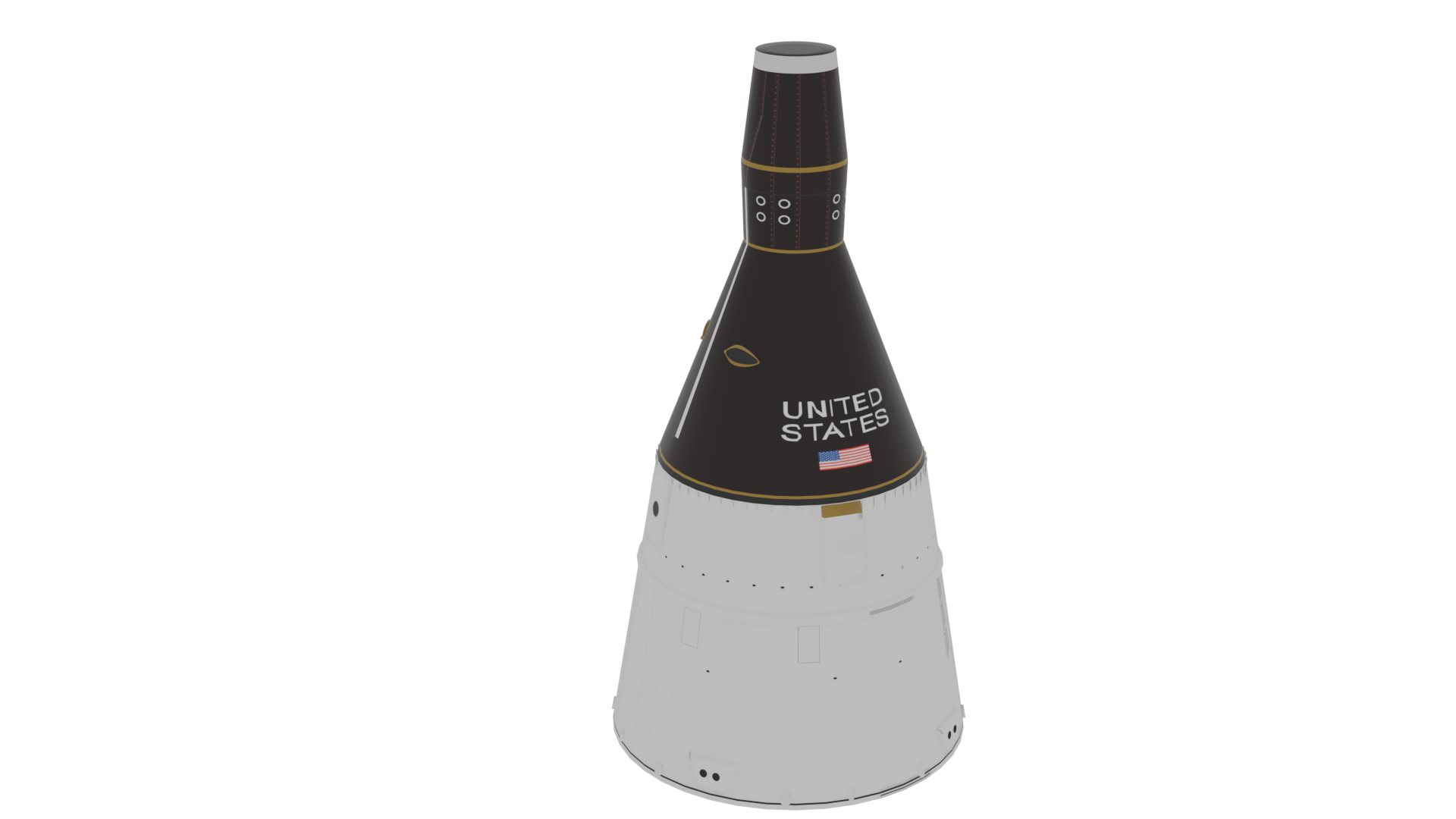The Compass Lab conducts rapid conceptual spacecraft designs for NASA, industry, and the scientific community.
Facility Overview
Compass is a multi-disciplinary concurrent engineering team at NASA’s Glenn Research Center in Cleveland. Since 2006, the Compass team has conducted mission, spacecraft, and trajectory designs and trade studies. The team performs integrated vehicle systems analysis, often focusing on integrating new technologies. More than 250 designs have been completed to date.
What We Do
Compass uses concurrent engineering and an experienced team to design space systems, typically over a two-week period. Data sharing is accomplished using GLobal Integrated Design Environment (GLIDE), an in-house software solution. The basic process follows the following steps:
- Define the problem definition with the customer
- Review similar past missions and designs
- Hold brainstorming sessions
- Start a strawman spacecraft computer-aided design (CAD) model
- Obtain and develop launch vehicle and trajectory options
- Develop a baseline design, leveraging GLIDE
- Develop any trade studies or “one-off” designs, leveraging GLIDE
- Iterate on the design(s) to achieve required cost/reliability/risk results
- Finalize the baseline and competing designs
Information about the lessons learned over the past 15 years of the Compass Lab can be found here: Lessons Learned in Concurrent Mission and Systems Design at NASA Glenn Research Center: Almost Fifteen Years of the Compass Team
Design Experience
- Designs span in size from large deep-space human exploration spacecraft down to tiny CubeSats.
- Destinations include all the planets of our solar system, many moons, other small bodies, and their surfaces.
- Mission types include technology demonstrators, science missions, human-rated missions, and design reference missions (DRMs).
Our Team
The Compass team uses subject matter experts (SMEs) matrixed in from across the Research and Engineering Directorate at NASA Glenn. Along with the team lead and lead systems engineer, these SMEs cover a wide range of expertise, including:
- Guidance, navigation, and control
- Command and data handling
- Science
- Electrical power systems
- Mission design, trajectory design
- Thermal control
- Chemical propulsion
- Electric propulsion
- Communications and tracking
- Structures and mechanisms
- Configuration, computer-aided design (CAD)
- Cost estimating
- Risk
Our Products and Capabilities
Each Compass study outputs a comprehensive chart package, master equipment list, and CAD model. Our products can be tailored to support customer needs, such as proposals and project reviews.
Chart packages include the following:
- Master equipment list based on work breakdown structure (WBS) elements
- Cost estimate associated with WBS elements
- Mission design and trajectory optimization
- Trade space investigations
- Concept of Operations (CONOPS)
- Power modes and requirements definitions
- Subsystem designs
- CAD drawings
- Risk assessment
- Next steps, challenges, and lessons learned
Upon request, a comprehensive final report can be written.
Our Awards
- Spaceflight Awareness Team Award
- NASA Systems Engineering Award
- NASA Honor Award: Group Achievement Award
- Nominated: Rotary Stellar Award
Our Customers
A sample of the Compass team’s customers:
- U.S. Air Force
- Department of the Navy
- Johns Hopkins Applied Physics Laboratory
- Penn State Applied Research Laboratory
- National Academy of Sciences
- DARPA
- European Space Agency (esa)
- Aerojet Rocketdyne
- The Aerospace Corporation
- Ball Aerospace & Technologies Corp.
- NASA
- Orbital ATK
- Deutsches Zentrum für Luft- und Raumfahrt (DLR)
- National Oceanic and Atmospheric Administration (NOAA)
What is GLIDE?
GLIDE (GLobal Integrated Design Environment) is a data collaboration tool that enables secure transfer of data between a virtually unlimited number of sites, anywhere in the world.
- Uses hypertext transfer protocols (HTTP) for data exchange
- Ability to work within firewall network infrastructures
- File sharing and database publish/subscribe capabilities with inherent data encryption
- Vehicle subsystem models integrated via an Excel-based Vehicle Master Equipment List (MEL) worksheet
For more information on GLIDE, see this paper on the NASA Technical Report Server (NTRS).
Contact Us
Do you have a design for the Compass team to explore?
To solicit a Compass study, or for further information on the Compass team, our process, or our product options, please contact Steve Oleson, Compass team lead.



























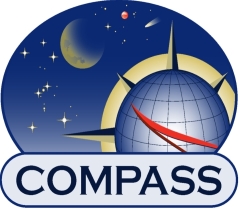
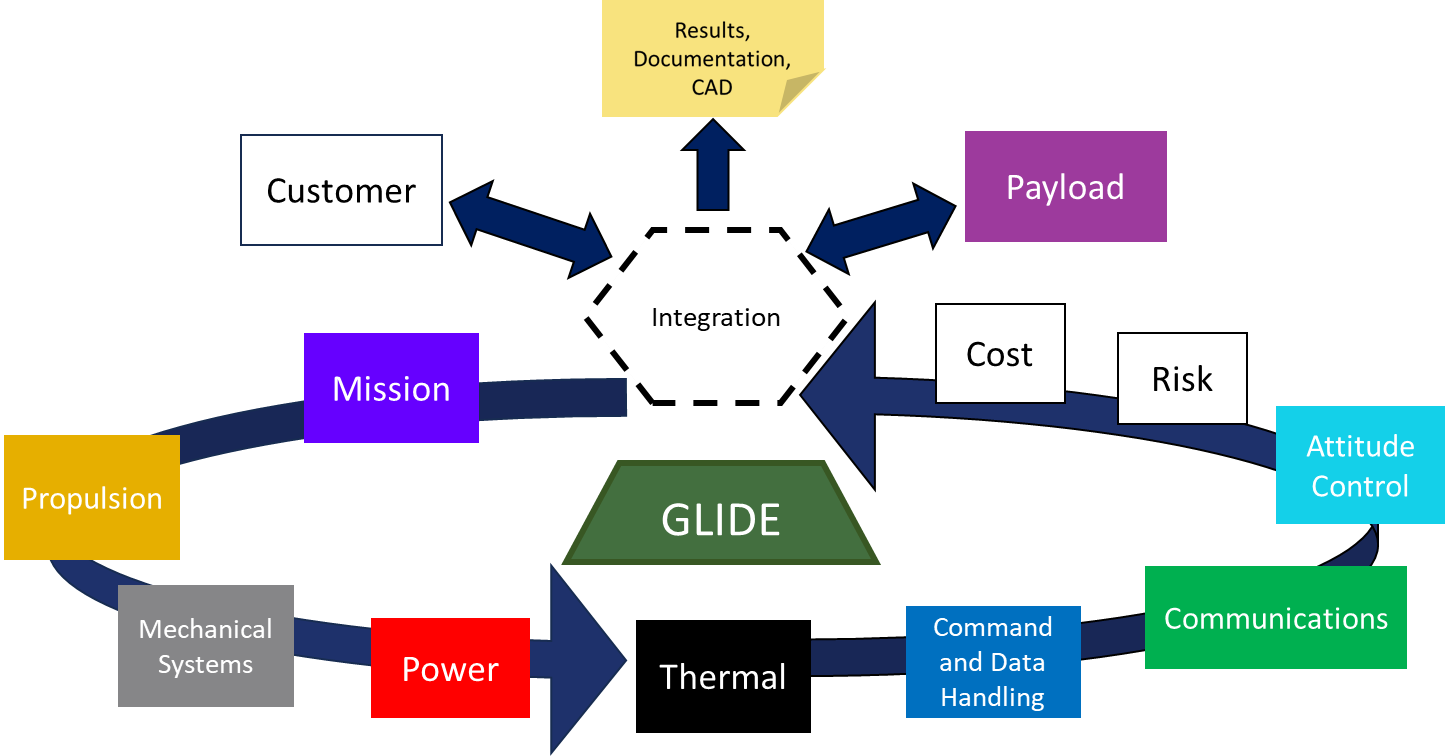
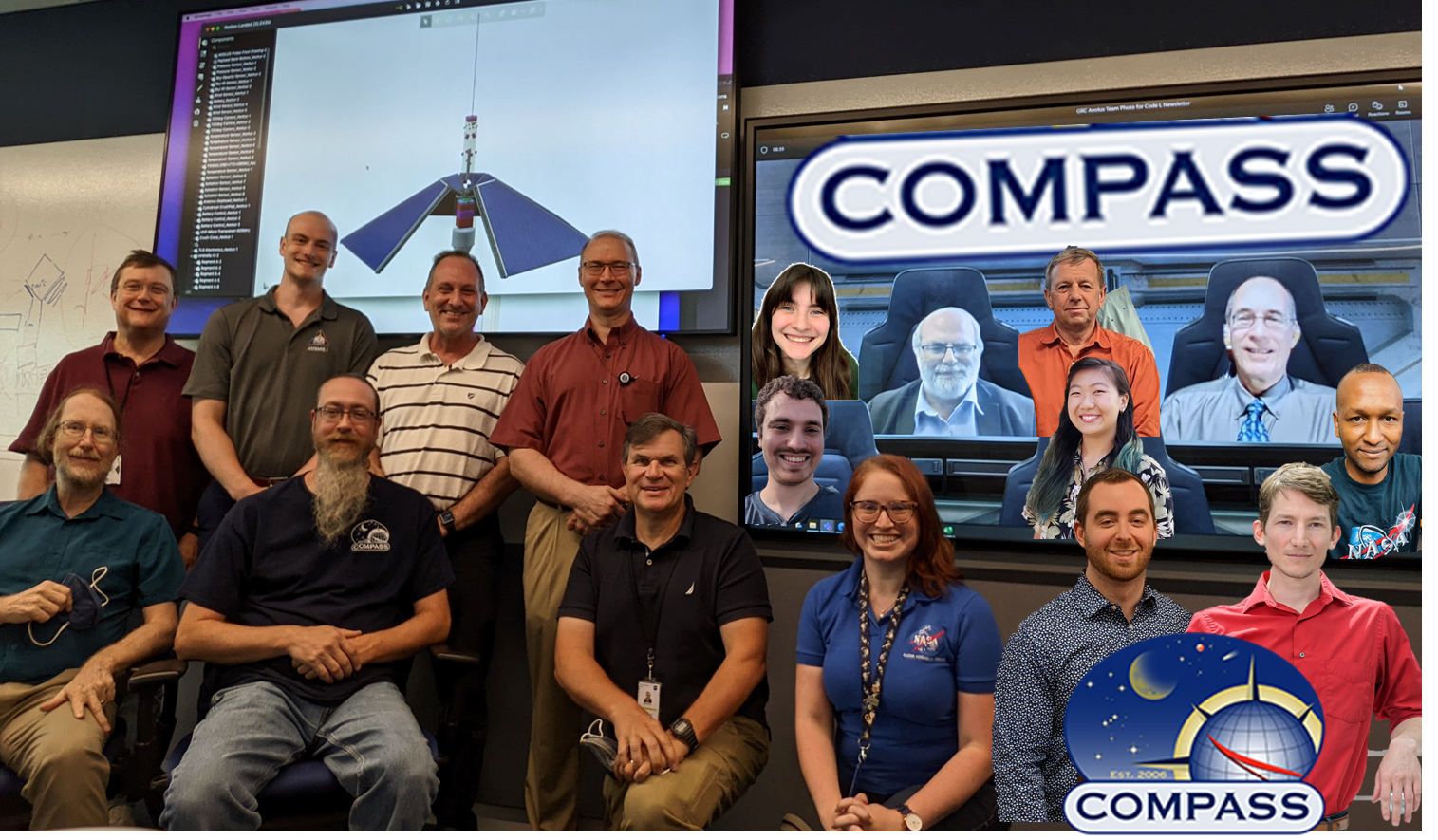



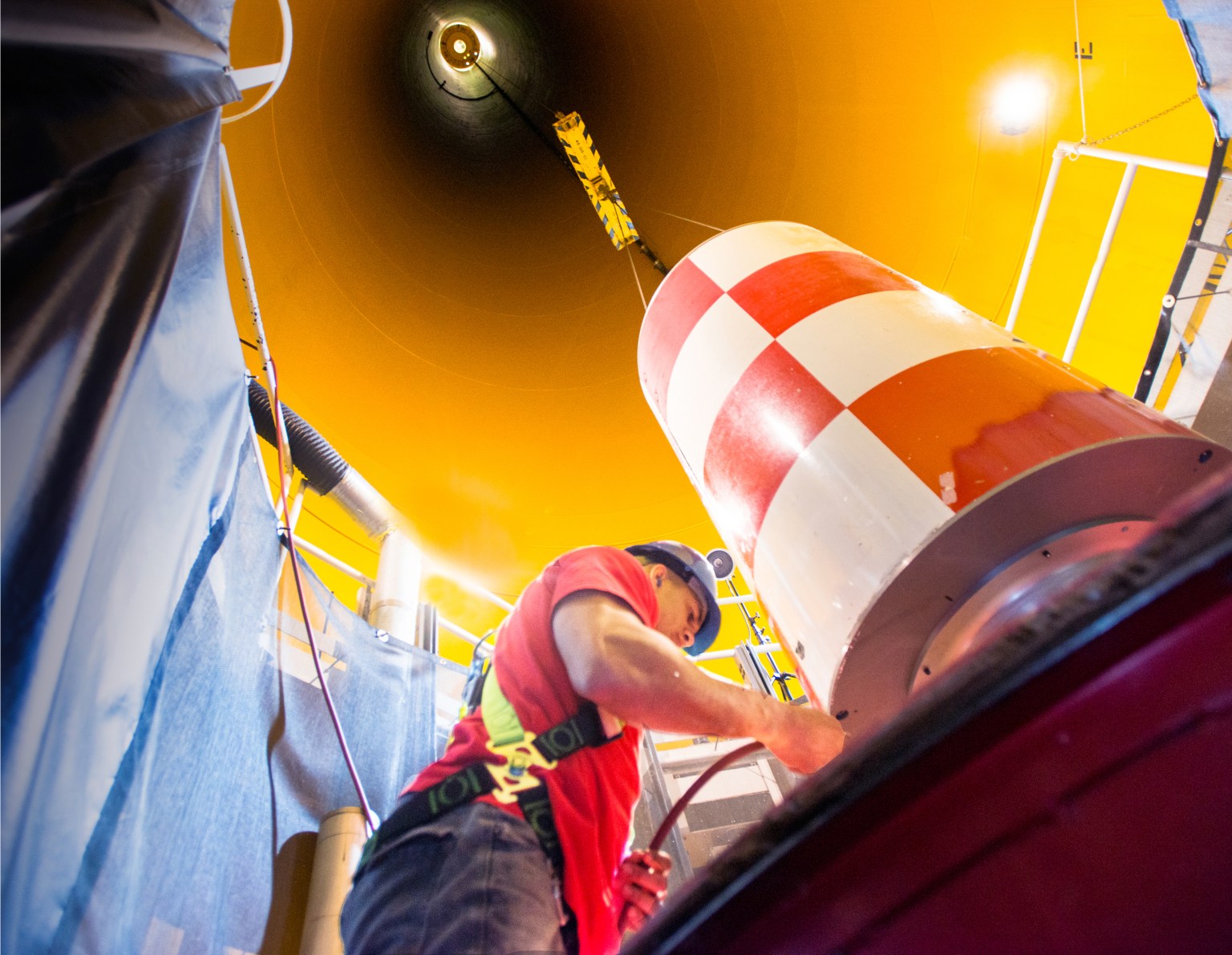
/Hubble%20Space%20Telescope%20(A).png)
